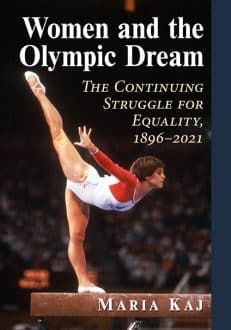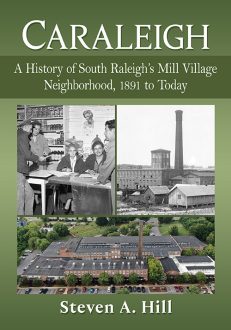Caraleigh
A History of South Raleigh’s Mill Village Neighborhood, 1891 to Today
$39.95
In stock
About the Book
The Caraleigh neighborhood in south Raleigh was founded in 1892 with the opening of a cotton mill, fertilizer plant and workers’ town. The old textile complex, with its “immense” brick structures continue to evoke a strong impression of a bygone period. The old mill remains the community’s focal point as of 2022, leading some to worry that Caraleigh’s modernized structure may conceal dark secrets. After the Civil War, cotton mills were at the heart of the South’s frenzied pursuit of economic and psychological regeneration between 1880 and 1915. As Raleigh’s greatest textile venture, Caraleigh itself was founded by a group of cotton investors.
The origins of Raleigh’s north-south divide can be seen in the many economic, psychological, social and political perils. While the Downtown South project promises a bright future for Raleigh in 2022, a close examination of the city’s economic and social stratification in the past reveals the city’s inequality, resulting in an affluent north Raleigh and a pauperized “south Raleigh ghetto.”
This work illuminates previously unrecognized aspects of Raleigh’s history, such as how an outskirts neighborhood shaped the city’s development during the twentieth century.
About the Author(s)
Bibliographic Details
Steven A. Hill
Format: softcover (7 x 10)
Pages: 240
Bibliographic Info: 68 photos, notes, bibliography, index
Copyright Date: 2022
pISBN: 978-1-4766-8738-4
eISBN: 978-1-4766-4678-7
Imprint: McFarland
Table of Contents
Preface 1
Timeline: Caraleigh, North Carolina 4
Introduction 6
1. The Genesis of Caraleigh 15
2. Raleigh’s Most Reliable and Substantial Men 32
3. African Americans at Caraleigh 65
4. Raleigh’s Pure Water Question 72
5. Mill Patriarchy and Child Labor 99
6. World War I to the 1920s 115
7. The Great Depression Era to World War II 121
8. Old Mill, New Owners 137
9. In Raleigh’s Orbit 141
10. 1980s–2020s: From Sow’s Ear to Silk Purse 161
Chapter Notes 185
Bibliography 221
Index 227





